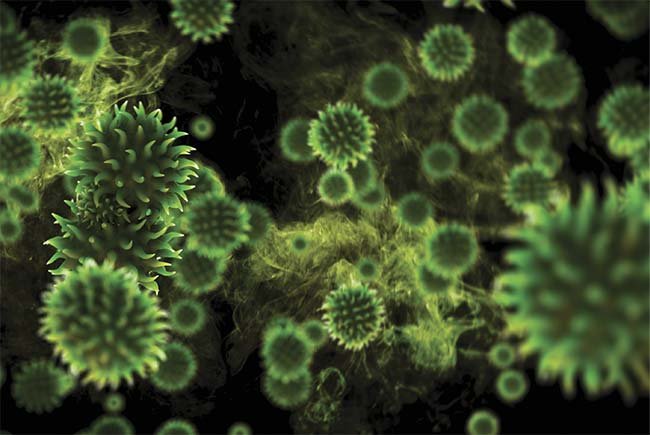Due to advanced technology, things are getting modernized. Advancements affect many sectors, and this is where fluorescence spectroscopy originated. These techniques are versatile and can be used in examining and characterizing a range of usual materials. It is frequently applied in life sciences and identifies and observes cellular features and processes. There is a lot you learn from the technique, and below are some of what you need to comprehend about it.
Which system and type of material are the instruments used to study?
The instrument may be used in studying any sample; powders, thin films, solutions, and others. The condition that the course needs is that the sample must be luminescent. It is used in studying fluorescent dyes, which are used together with biological samples, both in routine essays and other advanced research. It applies as well to material science in the process of characterizing luminescent materials. When you want to develop new phosphors, laser gain media, or LEDs, you require full characterization of their luminescence as the researcher.
How can they be used to analyze nanotubes and the information that can be determined in the process?
This is a great tool for the structural analysis of carbon nanotubes. To determine the emission of wavelengths of the semiconducting nanotube are near-infrared, and they all depend on their chirality and diameter. The technique is fast and simple, and it is applied when checking the purity of carbon in nanotube dispersions.

What practical applications that fluorescent properties of nanotube be applied in?
Nanotube can also be used in bio-imaging. The fluorescent dyes are used to label biomolecules, and then they probe their location when in a sample using fluorescence microscopy. This technique is a biological tissue whereby it absorbs light and fluorescent itself, and thus the detection limit of the visible dyes gets affected by the auto-fluorescence. The NIR fluorescence of the nanotube also varies depending on the environment where the nanotube is placed.
How can the fluorescence spectrometer be applied for nanomaterial analysis?
Several nanomaterials have weak emission, and thus they require a sensitive detection spectrometer. This instrument is the leading in the industry in terms of its sensitivity. It can detect single photons emitted from a sample to reach the quantum detection limit. Much research concerning nanomaterial is carried out in samples like thin films, which are highly scattering, and as well excitation light may thus interfere with the spectrum that is measured. In such cases, you require a system that consists of the best stray light rejection.
How may the technique be applied alongside fluorescent dyes in life sciences? Why is a high-resolution fluorescence spectrometer essential for this application?
Fluorescent dyes are basic tools in bio-science. They have luminescent properties which depend on their chemical surrounding and thus are applied to probing changes in biological medium. The emission of fluorescent dye decays in a few nanoseconds, and thus you need fast and precise electrons to characterize them. Through fluorescence spectroscopy, dyes can be modified chemically as far as bio-imaging is concerned to target the specific molecules and as well employed to image their position.

